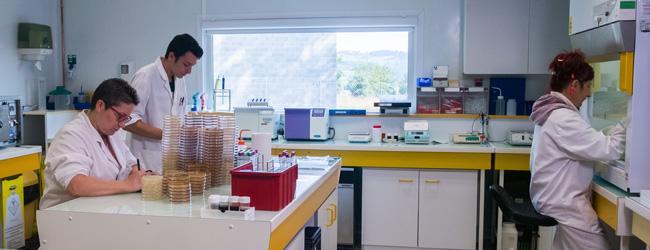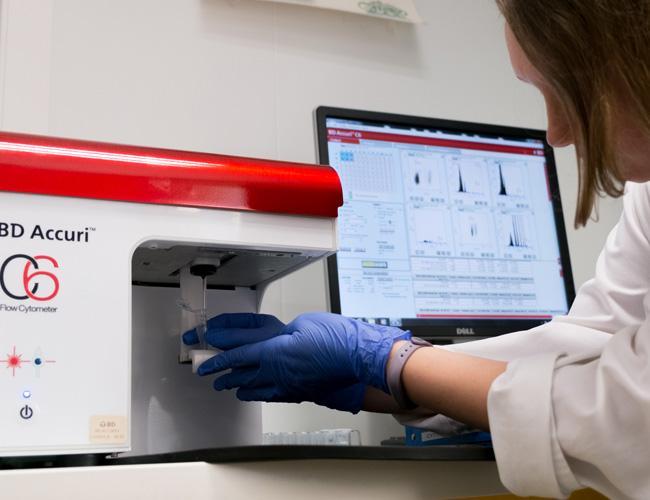Probiotics are actually living, and thus fragile, micro-organisms. To be effective, they must be kept and delivered intact, at the right concentration, to their site of action in the body.
A food supplement containing probiotics must be rigorously controlled at all stages, both during manufacture and up to its release at the site in the body where it acts, to ensure that the bacterial strains it contains are fully effective.

Individualizing the strains
Most of the probiotic strains used in dietary supplements belong to the genera lactobacillus, bifidobacterium, streptococcus and lactococcus.
Each of these groups contains thousands of species, and each species contains thousands of different strains.

Each strain has its own specific attributes, relating either to its physiology (for instance, it synthesizes anti-inflammatory mediators) or to its culture conditions (e.g. temperature, pH, culture medium). In other words, the properties of a given strain cannot be extrapolated to other strains of the same species.
This underlines how important and necessary it is to carry out a rigorous analysis of the different strains that could be included in a formulation, and to keep only the most suitable, in terms of their sustainability/resistance and effectiveness.
Medicalizing the product
Apart from data about the choice of bacterial strains, we must also think more globally about the product formulation and the health benefits we hope to obtain.
For a particular health benefit, we need logically to identify all the potentially useful constituents that the product could contain, including vitamins, minerals and even plants.
The objective? To select those that can work in synergy with the chosen probiotic strains and thus optimize the action we want. One important point must be borne in mind: any constituent associated with a probiotic must not affect its sustainability.
The last stage, essential to the finished product’s activity, is to adapt the dosage form so that the constituents arrive at their target site of action: the stomach, the intestine or the colon. Probiotics’ capacity to survive passage through the digestive tract is actually very variable.
If the dosage form is not carefully chosen, the best formulation may prove totally ineffective because it is not released at the right place.

